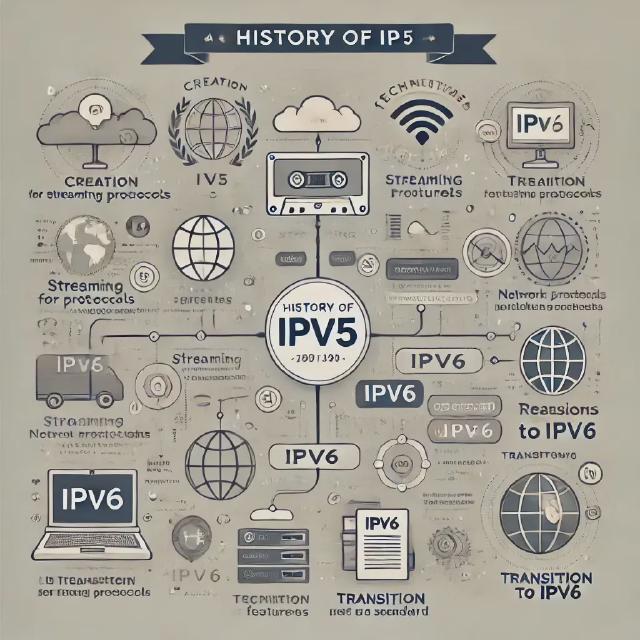IPv6: A Technical Triumph, but Why Is It So Invisible in Practice?
Despite years of development and the pressing need for more IP addresses, IPv6 adoption remains disappointingly low. While IPv6 is designed to handle the future of the internet, especially with the proliferation of IoT devices, its real-world implementation tells a different story. This article explores the reasons behind IPv6’s low adoption and contrasts it with decentralized alternatives like IPvX.
3 minutes to read







